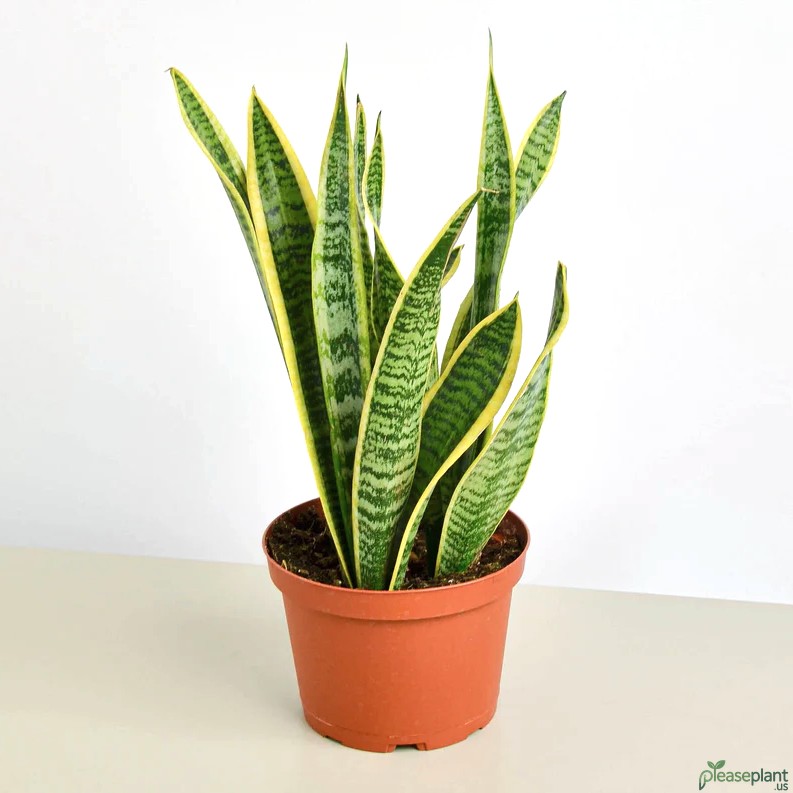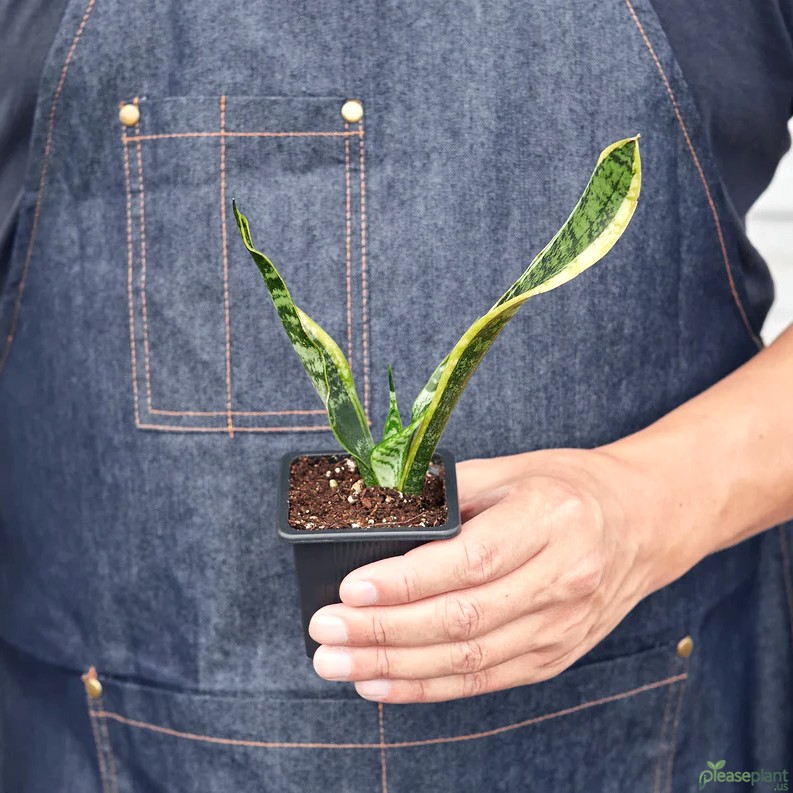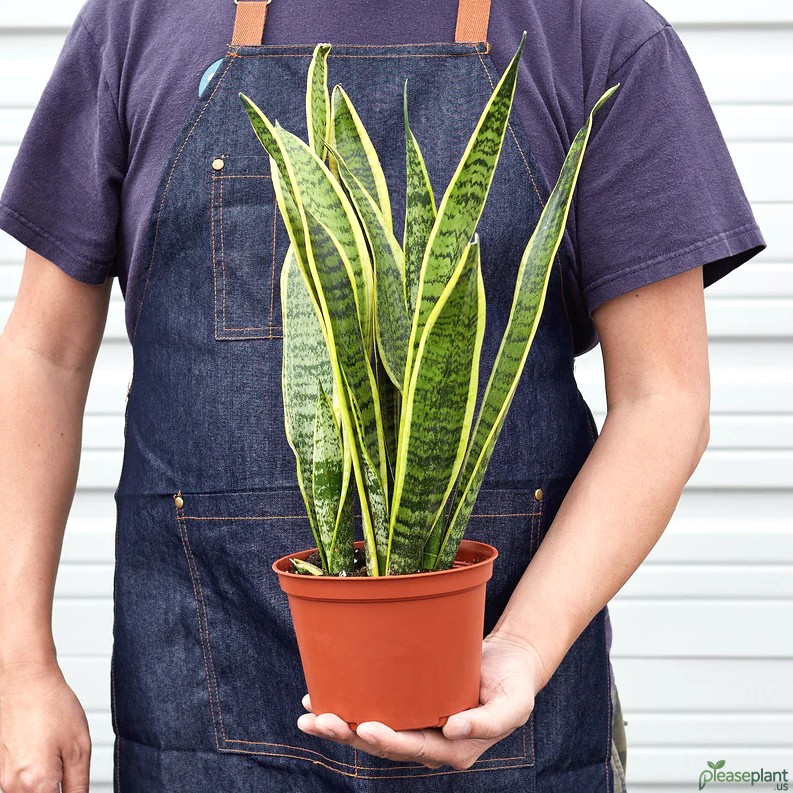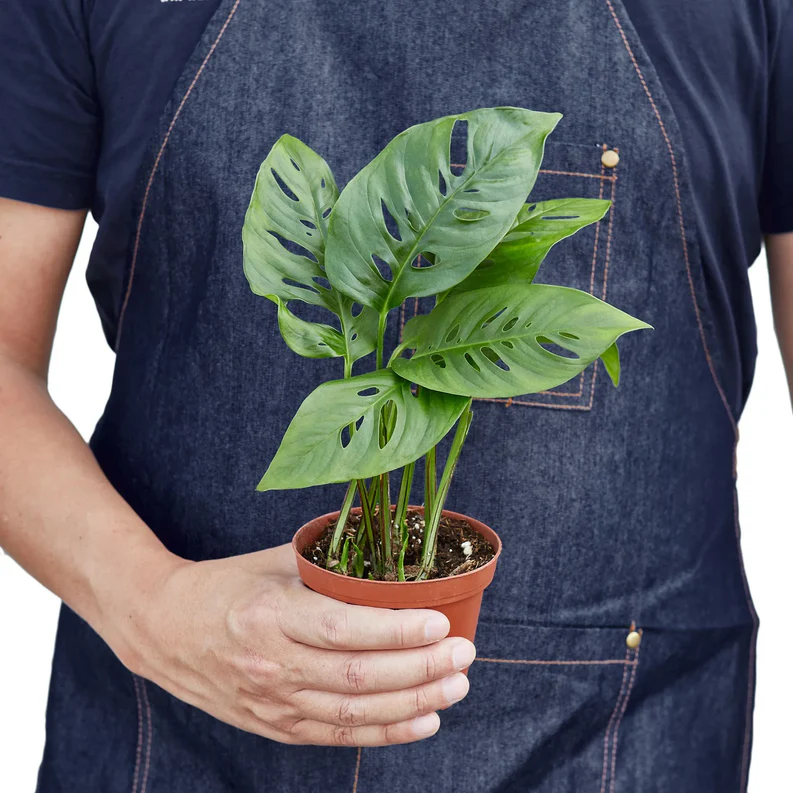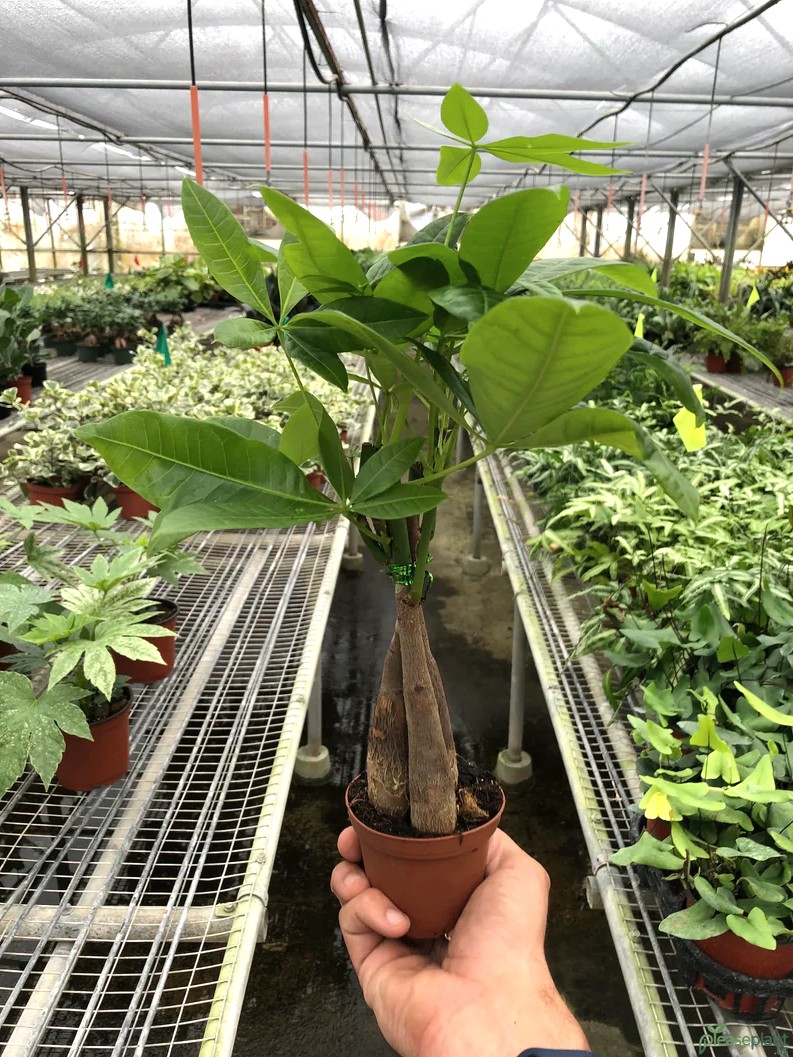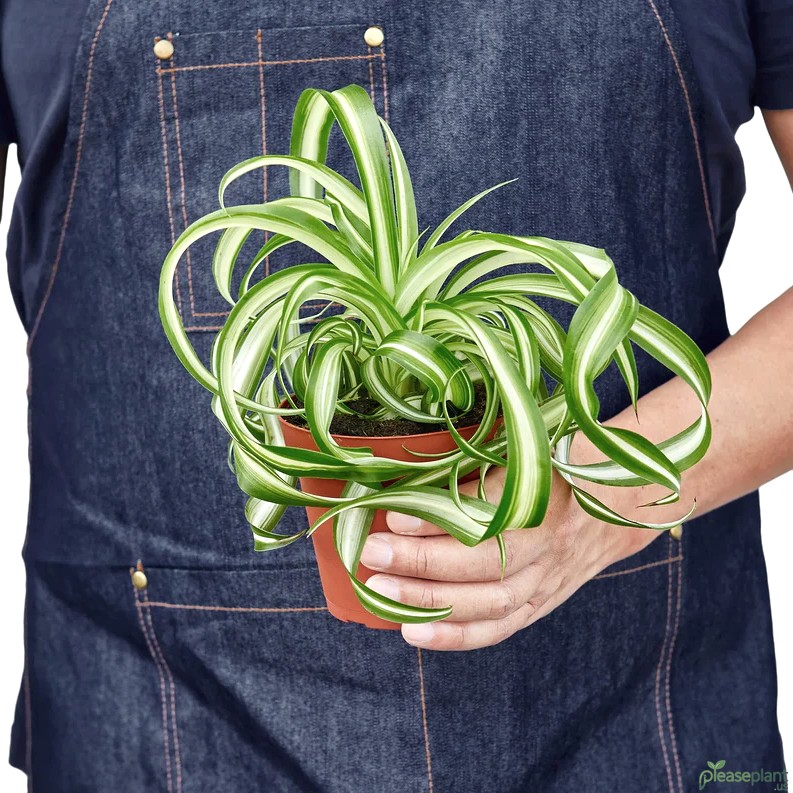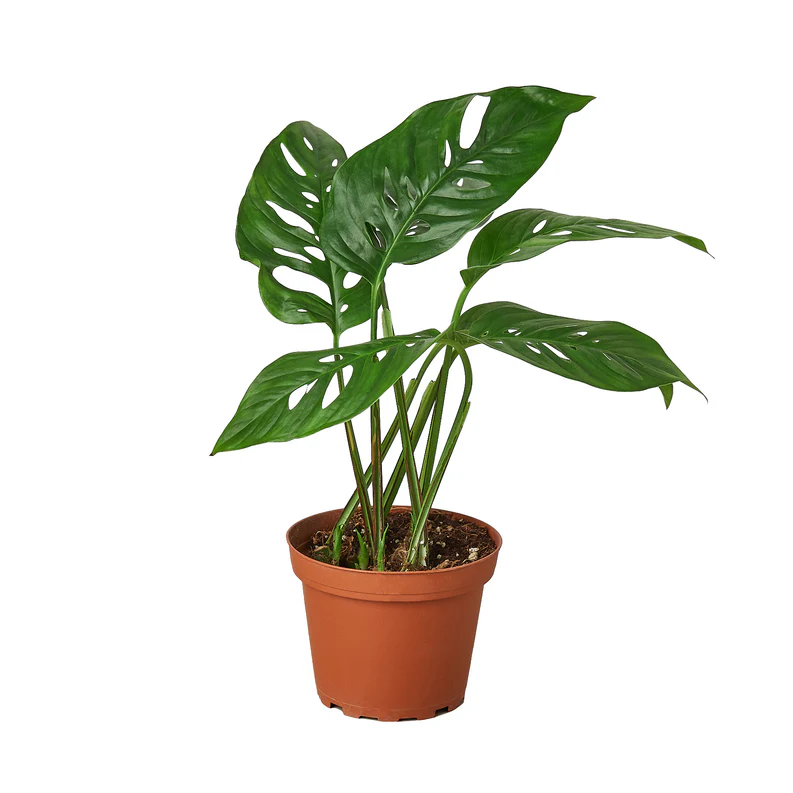Ever wondered why some plants make your bedroom feel more cozy and restful? The Snake Plant Laurentii is not just a stylish green companion but a natural oxygen producer at night, enhancing sleep quality. With its easygoing nature and air-purifying magic, it’s perfect for anyone looking to breathe easier and sleep better. Let's explore how this plant works its wonders and why it might be the underrated hero of your nighttime routine.
Let Me Tell You About My Nighttime Green Buddy
So there I was, tossing and turning like a fish outta water, when a mate recommended I try a Snake Plant Laurentii in my bedroom. Now, I wasn’t expecting much—just some leafy decor—but boy, was I surprised. This plant is a nocturnal oxygen factory, pumping fresh air when you’re counting sheep. Unlike most plants that gulp oxygen and release carbon dioxide at night, the Snake Plant Laurentii flips the script. It keeps your air crisp, making it easier to drift off into dreamland, even on those restless nights.
Why Oxygen at Night Matters for Sleep
You see, good sleep ain’t just about comfy pillows or blackout curtains. It’s the quality of the air you breathe that plays a sneaky role. Our bedrooms can get stuffy, especially if windows stay shut. That’s where the Snake Plant Laurentii’s unique ability comes in handy. This tough-as-nails plant keeps churning out oxygen all night long, unlike many of its leafy cousins. So, while you’re snoozing, it’s quietly working overtime, improving air quality and helping you wake up feeling less groggy and more refreshed.
Not Just a Pretty Face: The Snake Plant’s easy care
Now, if you think this plant needs a PhD in botany to survive, think again. The Snake Plant Laurentii is about as low-maintenance as it gets. Forget fancy watering schedules; it’s happy with neglect and thrives in lower light, making it perfect for bedroom corners that don’t get much sun. Overwatering? Nah, it hates that. It’s like that friend who’s chill but reliable. Plus, its striking yellow-striped leaves give your room a splash of color without screaming for attention.
My Personal Tips for Maximizing Sleep Benefits
From my experience, placement matters. Keep your Snake Plant Laurentii close enough to your bed to let it work its magic but not so close that you accidentally knock it over in the night. Also, don’t forget to dust those leaves every now and then; a clean leaf breathes better, pun intended! And if you’re worried about pet safety or allergies, this plant is generally safe, but always best to double-check if you have curious furballs.
A Few Things to Watch Out For
It ain't all rainbows though. While the Snake Plant Laurentii is a champ at oxygen production and air purification, it won’t solve all sleep problems overnight. If you’ve got serious sleep disorders, better see a pro. Also, it’s not a miracle worker for humidity control, so in dry rooms, you might still want a humidifier. But for boosting your bedroom vibe and breathing easier at night, this plant is a silent winner.
So, Is It Worth It?
If you’re after a simple, natural way to improve your sleep quality and freshen up your bedroom air, the Snake Plant Laurentii is a solid bet. It’s affordable, easy to care for, and brings a bit of green magic to your nights. Give it a shot, and maybe you’ll find yourself waking up a bit brighter, with a little less groan and a lot more glow.

